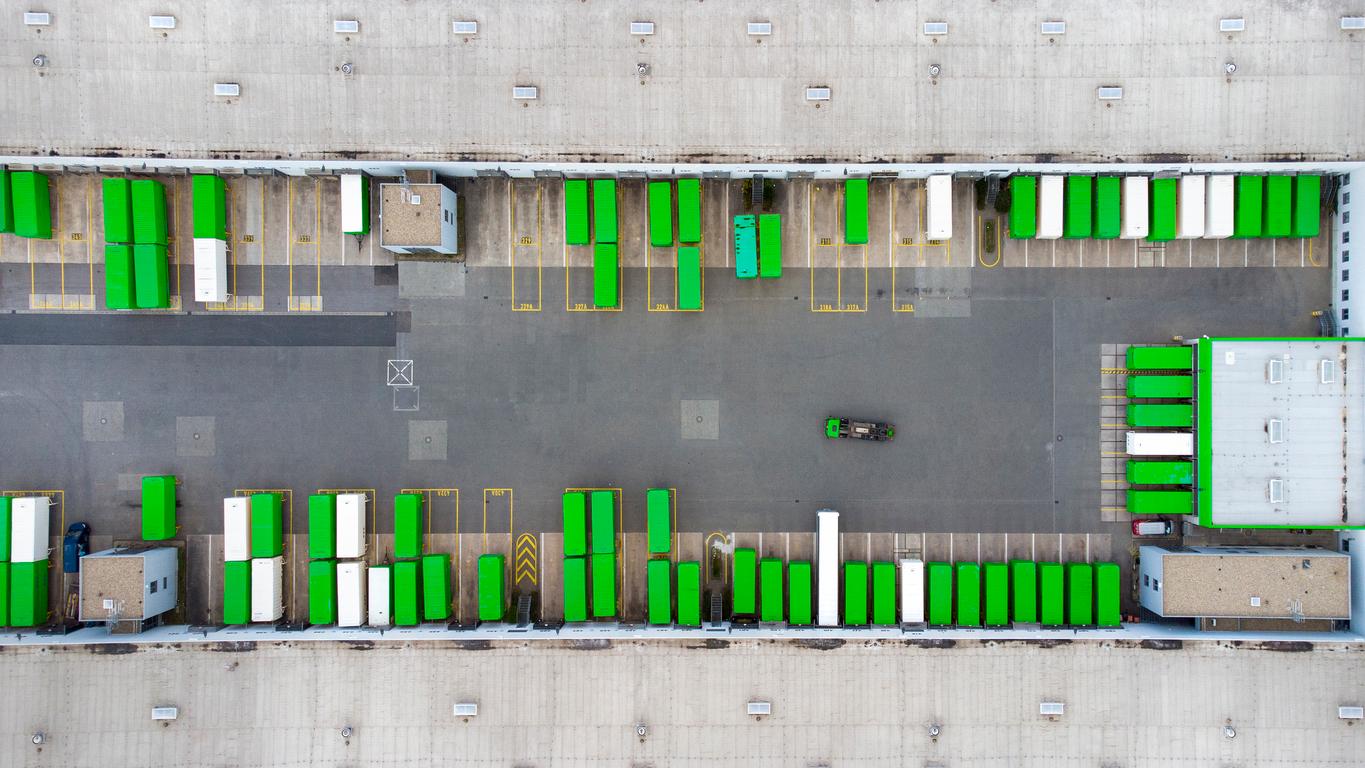Disponible en anglais seulement.
In this episode of Sustainability Leaders, BMO’s Alma Cortes-Selva leads a roundtable discussion on supply chain management and sustainability.
This episode’s guests:
Joe Sarkis, Professor of Management at Worcester Polytechnic Institute
Yanji Duan, Assistant Professor of Logistics at the Coggin College of Business at University of North Florida
Serena Zhu, Assistant Professor from the Department of Management Information Systems at San Diego State University
Listen to our ~25-minute episode here:
Sustainability Leaders podcast is live on all major channels, including Apple and Spotify
